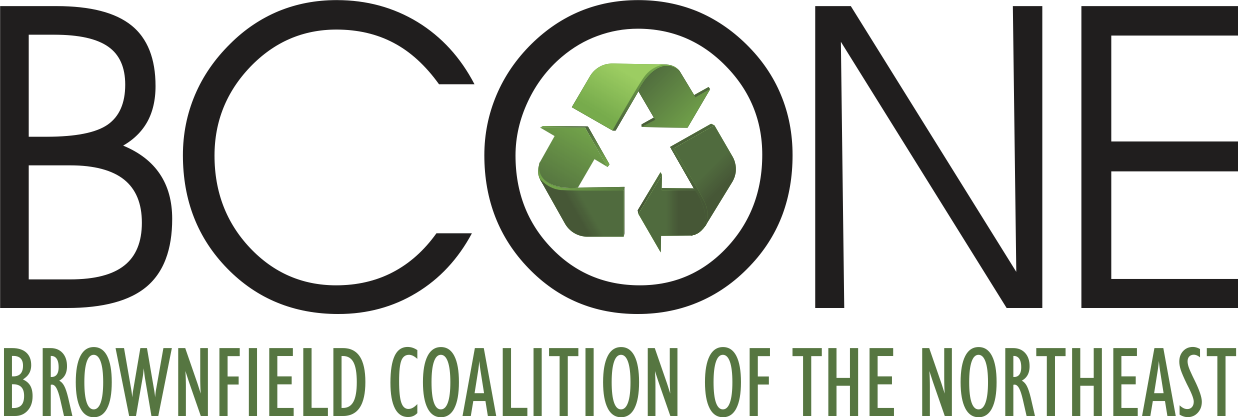Press Release from Village of Port Chester
A more than two year community-led process results in Port Chester adopting in an innovative, ground-up form-based code that sets the course for the community’s future
At the May 20, 2020 Village of Port Chester Board of Trustees meeting, Port Chester became just the second large municipality in New York State to adopt a municipality-wide form-based code after the City of Buffalo.
The new form-based zoning code was borne out of the Village’s 2012 Comprehensive Plan, which looked to replace its outdated 1975 zoning code with a new zoning code that would focus growth around the train station, while protecting the Village’s residential neighborhoods.
Port Chester’s new code is purely form-based. “Form-based zoning prioritizes the character of neighborhoods, districts and corridors within the community as the central organizing framework of the Village. With a focus on how the size, shape and design of buildings relate to each other and to the ‘public realm,’ or streetscape, this type of zoning works to create a vibrant streetscape with a mix of uses where appropriate, and balances transportation options to include walking, biking and transit in addition to driving in a car”, stated Brian Wright, Principal of Town Planning and Urban Design Collaborative or TPUDC, the zoning gurus out of Franklin, Tennessee that led the Village’s effort. TPUDC has worked on a number of form-based codes around the country, including Burlington, VT, Birmingham, AL, and Mt. Pleasant, MI, among others. Also part of the TPUDC team was Fisher Associates, who worked on the Green Code out of The City of Buffalo. While Port Chester drew inspiration from best practices nationwide, it tailored its new zoning code to local needs, said Eric Zamft, Director of Planning & Economic Development for the Village. “We took our consultant’s experience and mixed it with our own local flavor,” stated Zamft.
The code adoption was the result of over two years of community outreach and engagement – under the “Plan the Port” initiative. Plan the Port included over 50 meetings with community members, key stakeholders such as local businesses and not-for-profits, the development community, as well as with each of the Village’s development-related volunteer boards and commissions. This was highlighted by a 10-day visioning and planning event early on in the process entitled “PlanapaloozaTM”. “Central to all of these conversations was an open and honest dialogue about where the community should head into the future,” stated Zamft. “We all coalesced around the objective to ‘Allow the RIGHT type of development in the RIGHT types of places.” Zamft added that Plan the Port was innovative in its engagement, particularly with the Village’s Latino community, as well as how it handled the impacts of potential future development.
As part of the required environmental review of the new code, a Generic Environmental Impact Statement (GEIS) was produced that identified potential impacts and offered mitigation. “The Form-Based Code GEIS is unique in that it tackles socioeconomic impacts head-on, such as affordable housing and displacement, and requires that mitigation measures be taken,” stated Christopher Steers, Village Manager. “In addition, it significantly streamlines the review process so that developers and property owners know exactly what it takes to obtain an approval.”
“I am elated with the adoption of the form-based code by the Board of Trustees. Its adoption was the result of the hard work of numerous people and really proves that grass roots efforts pay off,” stated Richard ‘Fritz’ Falanka, the Village’s Mayor. “This type of zoning greatly improves the ability for the Village to attract development while maintaining our historic village character. While change does not happen overnight this zoning will help initiate change and much needed growth, especially as we recover from the COVID-19 pandemic.
“Port Chester can truly say it is ‘Open for Business’,” stated Steers.
“This is a better code with a better process and is a much better reflection of the community’s values and goals,” Falanka said. “Its Port Chester’s time.”
The newly adopted code can be found on the Village’s website at:
http://www.portchesterny.com/planning-economic-development/files/zoning-code-adopted-may-20-2020
All of the project documentation can be found on the Village’s website at:
http://www.portchesterny.com/planning-economic-development/pages/form-based-codegeis
Additional information on the project can also be found at:
http://www.plantheport.com
Posted June 15, 2020

